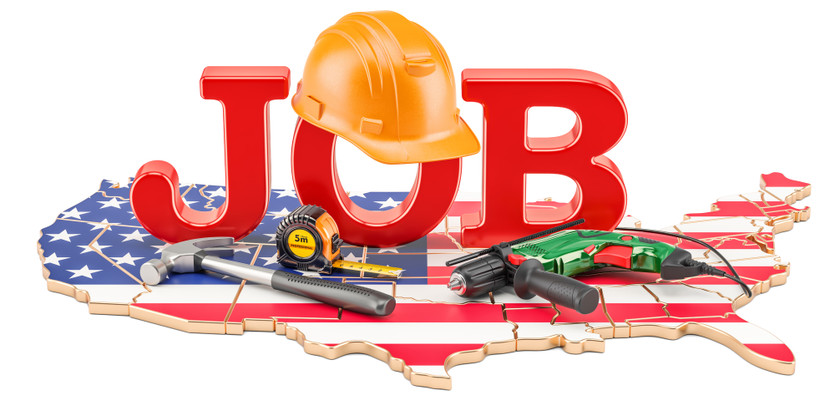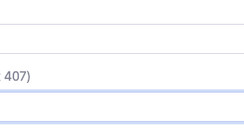The number of Americans registering for unemployment benefits last week shot up to a high not seen in three months, according to recent data from the Labor Department. This rising trend flags a possible slowdown in the labor market, strengthening the Federal Reserve's efforts to combat inflation.
Impacts on the Federal Reserve’s Monetary Policy
The weekly report, which provides the most recent insights into the health of the economy, also highlighted an expansion in unemployment statistics comparable to numbers last reported two years ago. This slowdown in the labor market corresponds with dwindling economic activity as higher interest rates suppress demand. These findings affirm predictions that the cycle of the Fed tightening its monetary policy has ended.
Understanding the Rising Unemployment Statistics
Despite the increase in both initial and ongoing unemployment claims, experts caution against interpreting this as a significant shift in the labor market conditions. Factoring in the challenge of adjusting data for seasonal fluctuations post an unprecedented spike in unemployment applications during the early stages of the COVID-19 pandemic, economists remain reserved about the implications.
Preliminary data indicates that initial state unemployment benefits claims rose by 13,000 to hit a seasonally adjusted 231,000 in the week ending Nov. 11. This increase is within the projected range of 194,000-265,000 for this year.
Employment Outlook for the Near Future
Job growth experienced a downturn in October, pushing the unemployment rate to nearly a two-year high of 3.9%. Despite these conditions, economists from Goldman Sachs remain optimistic. They attribute the uptick in unemployment rate since April to an overall expansion in the labor force, resulting in more job opportunities rather than a drop in employment.
Inflation, Consumer Spending, and Anticipated Interest Rate Cut
Inflation and consumer spending data also factored into the expectations that the Fed's policy tightening cycle had ended. The labor market data coupled with inflation-friendly statistics have set the stage for a potential interest rate cut in May. Meanwhile, caution about higher prices and borrowing costs has kept consumer spending restrained.
The Current State of the Manufacturing Sector
A distinct decrease in the cost of goods led to a significant drop in import prices last October, according to the Bureau of Labor Statistics. The manufacturing industry faced further challenges due to the United Auto Workers union's strikes against Detroit's "Big Three" automakers, which led to a decrease in motor vehicle production. Future business prospects in the manufacturing sector remain bleak amidst weakening overall demand.





